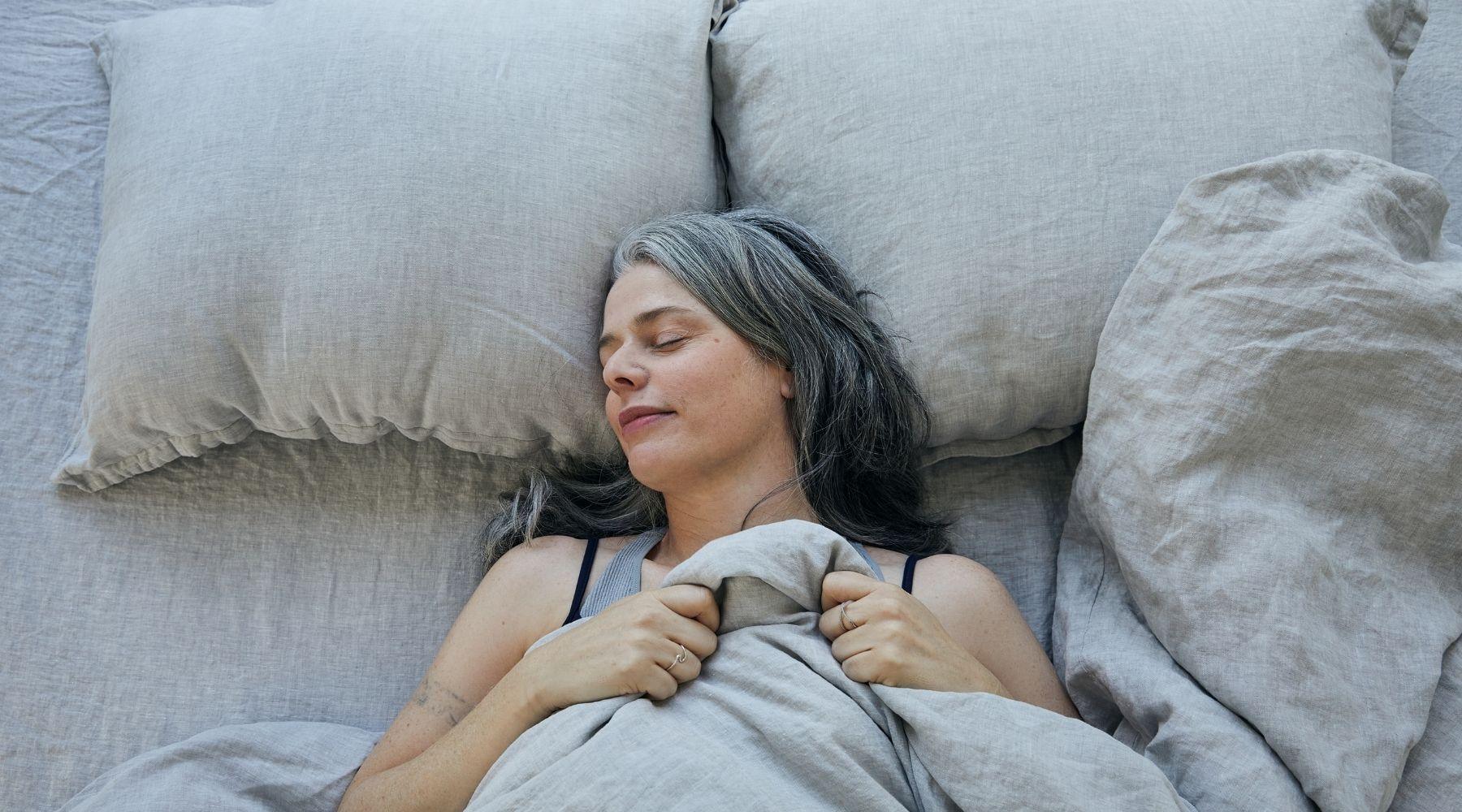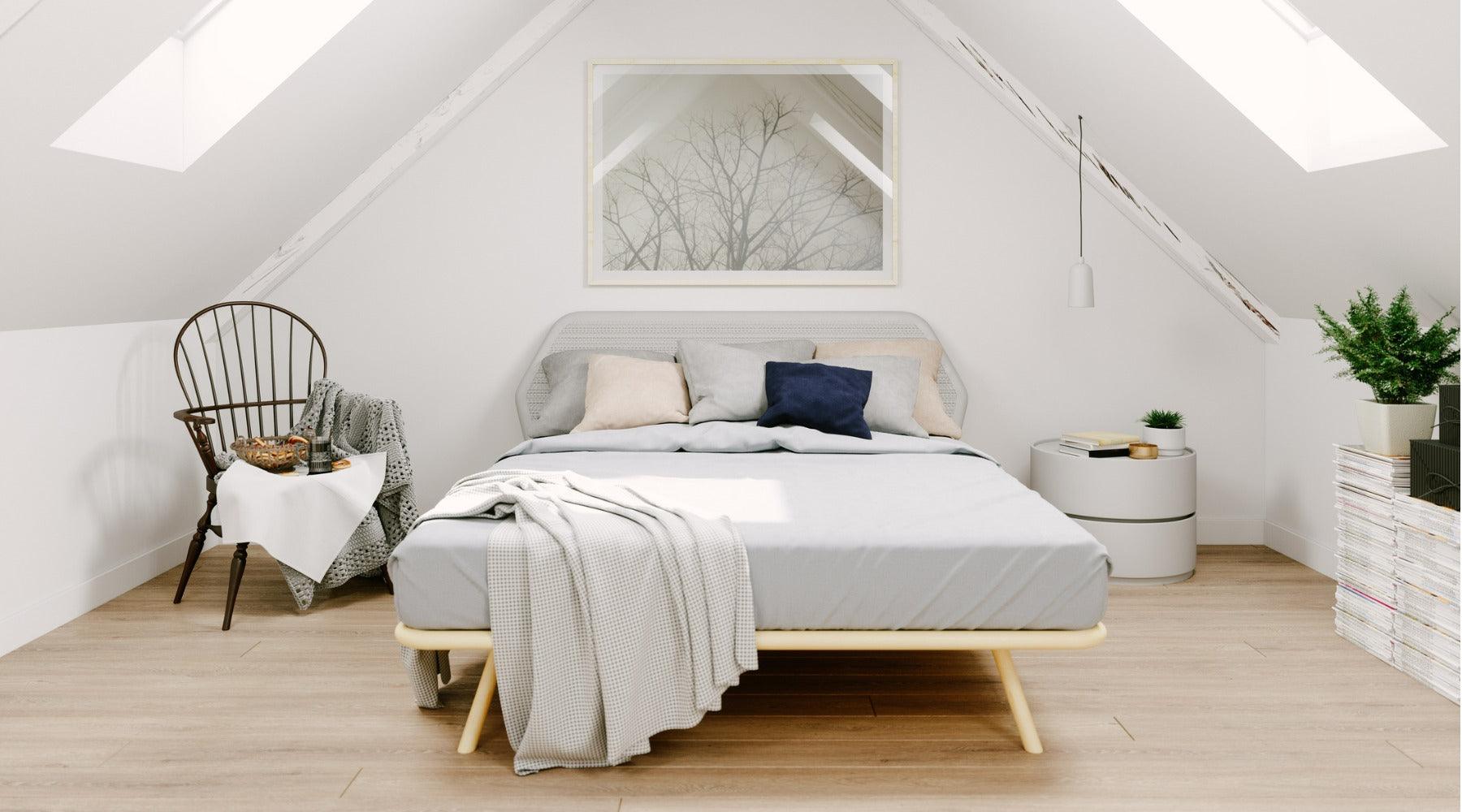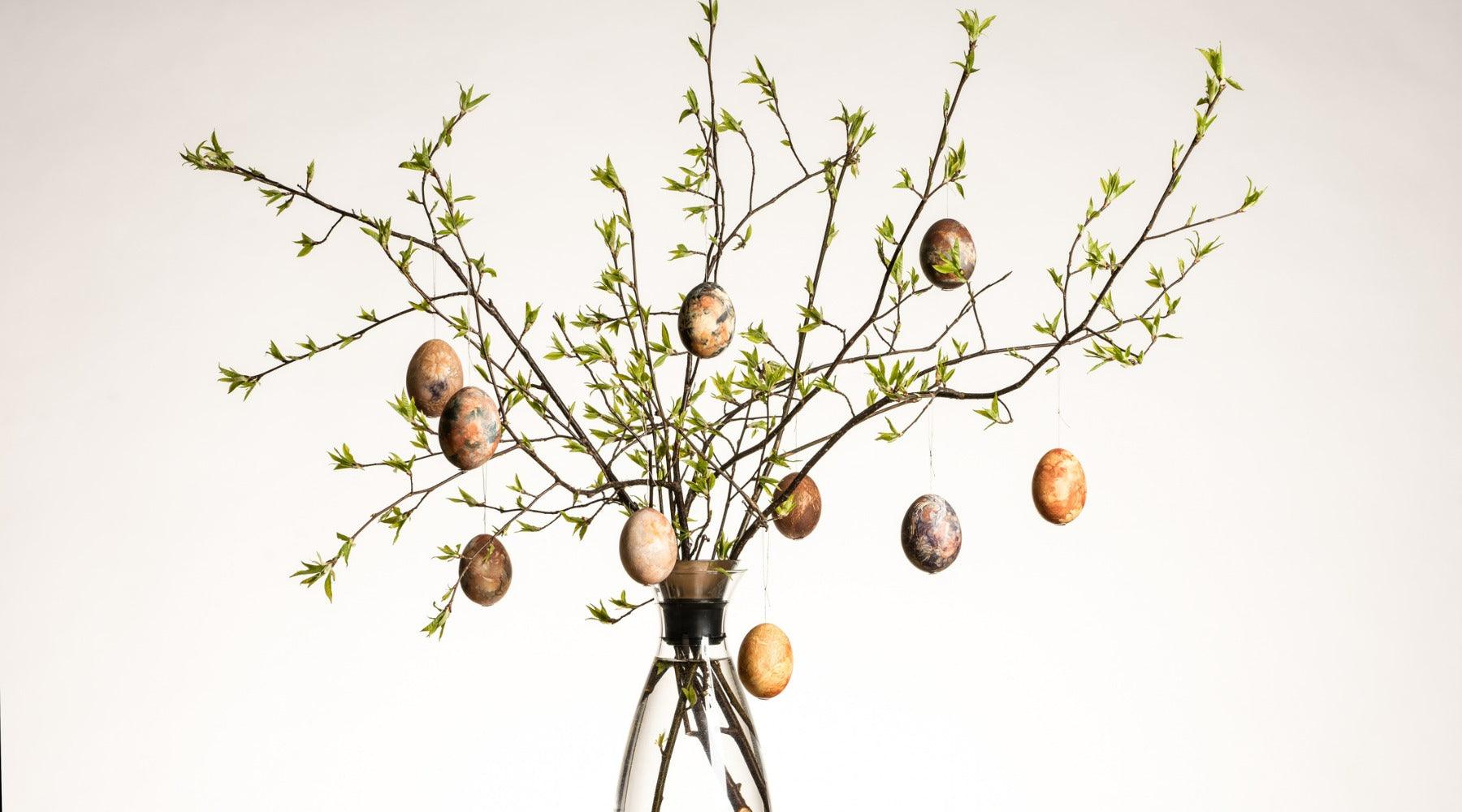
Are Organic Linen Duvet Covers Durable?
Organic linen duvet covers are incredibly long-lasting, often passed from generation to generation. Find out why this bedding is so resilient, and what you can do to ensure your organic linen bedding lasts for years.
What Makes Linen Durable?
Linen, jute, and hemp are known as bast fibers, as they’re collected from the bast of the plant. The bast is made of many cells tightly packed together, which gives strength to the stem. Bast fibers are long and tough, and so are commonly used in industry. Unlike jute and hemp, however, linen is soft enough to be made into bedding.
Ancient Linen
Linen was the world’s first textile. At the Metropolitan Museum of Art in New York, you’ll see displays of linen bandages thousands of years old. These were used to wrap Egyptian mummies, preserving the bodies of queens and pharaohs for the afterlife. That they survive to this day is testament to linen’s longevity.
However, they’re not the world’s oldest linen—that award goes to the linen scraps found in a cave in the Caucasus, estimated to be around 38,000 years old!

Linen sheets, shirt, and shawl from Egyptian tomb on Display at the Metropolitan Museum of Art in New York.
Linen, War, and Industry
Linen is so strong, it’s helped win wars. Alexander the Great wore a breastplate made from linothorax—a linen composite—as he conquered Europe and Asia. Linen also aided the Allies during the First and Second World Wars, when it was used to make tarpaulins and ropes.
Along with jute and hemp, linen is used to make sacks for farming. In 2017, the English designer John Alexander Skelton created a menswear collection from linen grain sacks from the 1800s—while patched in places, these hardworking linens mostly looked as good as new.
Linen forms the canvas of many works of art you see in museums, some of which are hundreds of years old. You’ll also find linen in your wallet—it’s blended with cotton to make dollar bills that change hands hundreds of times without ripping.
Long-Lasting Organic Linen Bedding
Multicellular bast fibers like linen are much stronger than cotton, which is a single-celled fiber. Unlike cotton, linen doesn’t pill or rip easily, so will last for years without diminishing in quality. Higher-quality cottons such as Egyptian cotton are made from longer fibers and last longer—but still not as long as linen.
Organic linen duvet covers get softer over time, as the washing process dissolves naturally occurring pectin in the fiber. This process is impossible to replicate chemically or mechanically; vintage linen is so prized that in parts of Europe, it’s passed down from one generation to the next as an heirloom.
At The Modern Dane, we’re proud to use 100% organic linen for our bedding. Our European linen is made from the bast of flax grown in France, Belgium, and the Netherlands. It’s grown and retted using only rainwater and dew, mechanically scutched (separated) without chemicals, and bleached using peroxide-based agents rather than chlorine, which would weaken the fiber. It’s then woven in Guimaraes, Portugal, at a textile mill that adheres to the highest GOTS and OEKO-TEX standards. Once the bedding is printed with Scandinavian designs, it is naturally softened by washing with organic softeners and enzymes.
All of this guarantees that each set of our European bedding is free from any chemicals that might weaken the fibers and compromise linen’s natural durability.
How to Help Your Linen Last
Flax linen is resilient as is but the way you care for it will ensure it lasts even longer.
Prevent colored linen from fading by using a cold wash, with a detergent made especially for colored fabrics. Avoid whitening agents and optical brighteners, as they contain chemicals that alter the appearance of the dye. However, you can use non-chlorine-based whiteners on pure white linen covers. Never use bleach on linen as doing so may weaken the fibers.
Avoid using softeners, as they may coat linen strands in a residue that affects their porousness. You can, however, pour a small amount of distilled white vinegar into the softener compartment of your machine—it’s a natural fabric softener and helps to banish odors. Don’t forget to wash off makeup, sunscreen, and tanning lotion before you go to bed to avoid staining your sheets. Finally, if you’re taking your bedding to a professional cleaner, make sure they are well-versed in linen care.
Have you made the switch to organic linen bedding? What are your linen care tips? Let us know on Instagram, Pinterest, Facebook, or Twitter!







Leave a comment
This site is protected by hCaptcha and the hCaptcha Privacy Policy and Terms of Service apply.